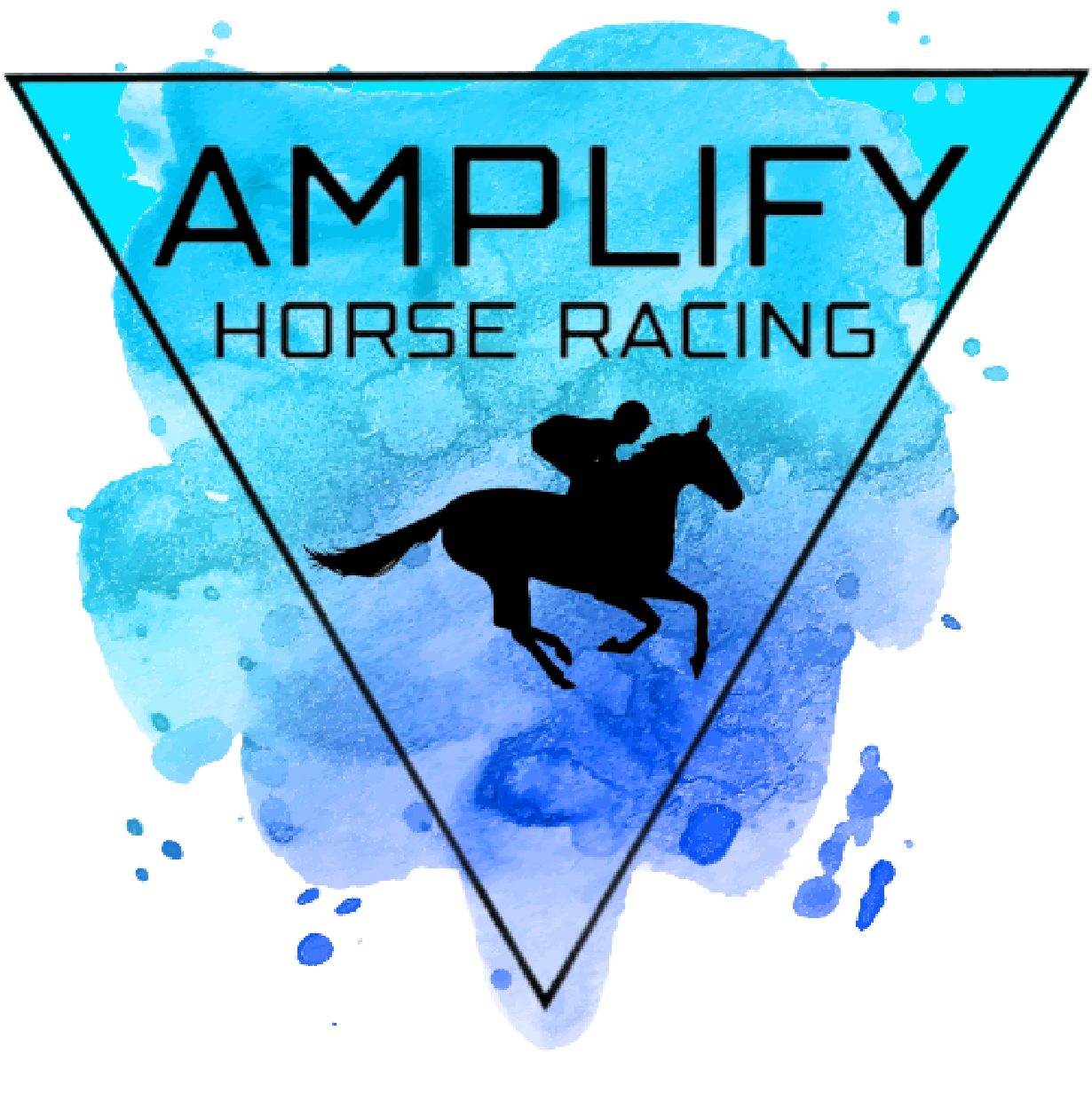What Was the Winner's Circle?
By: Cady Coulardot
Winner's Circle
noun: an enclosure near a racetrack where the winning horse and jockey are brought for photographs and awards
—---------------------------------------------------------
The concept of the winner's circle in Thoroughbred racing has evolved over time, but its origin dates back to the 19th century when horse racing began to formalize in a way that would make it the structured sport we recognize today.
Initially, the idea of a "winner's circle" was more figurative than literal. In the early days of racing, horses would race on open fields, and after a race, the winner might be publicly acknowledged, but the moment of recognition was less formalized than it is now. There wasn't a dedicated area for the winning horse and connections to gather immediately after the race.
Evolution of the Winner's Circle
By the mid-1800s, as horse racing became more organized, especially in the United States and England, racetracks began developing more structured facilities for spectators, trainers, and owners. The winner's circle became a physical space where the victorious horse, jockey, trainer, and owners could gather, be celebrated, and receive recognition. This was a significant development as the sport began to build traditions around honoring the participants' accomplishments in a race, not just the horse's performance.
The purpose of the winner’s circle was simple yet impactful: a moment for the winning horse, jockey, and connections to bask in glory, have photographs taken, and receive their recognition. This became important as the media and photography started to play a bigger role in broadcasting horse racing to a broader audience.
The Symbolism of the Winner’s Circle
The winner’s circle also symbolizes the respect and honor given to both the horse and the team behind the victory. In a sense, the circle represents the unity of the horse, jockey, trainer, and owners in achieving success. It’s a celebration of the effort and hard work that went into preparing the horse for that race. Over time, the winner’s circle has become a hallmark moment in the racing world, often accompanied by photographers and reporters capturing the moment of triumph.
As racing continued to grow throughout the 20th century, the winner’s circle became a visual element in every major race, from small local tracks to the grandest events like the Kentucky Derby. The winner’s circle is now a tradition that adds an emotional aspect to victory, solidifying its place in horse racing. The Kentucky Derby winner's circle, a piece of hallowed ground where so many aspire to stand, has been a tradition since Lawrin was honored for winning the 1938 race. Before that, various areas had been used to honor the Derby winners. From 1875 to 1929, the winning horse stood in a circled area drawn in chalk dust on the track. Then, in 1938, the presentation stand was constructed. This current winner's circle is used only for the Kentucky Derby winner and connections. Thus, the winner's circle has become more than just a location—it's a symbol of achievement in Thoroughbred racing.

